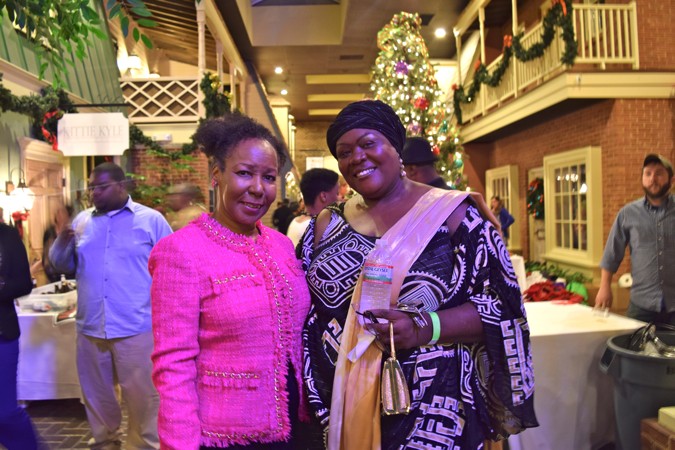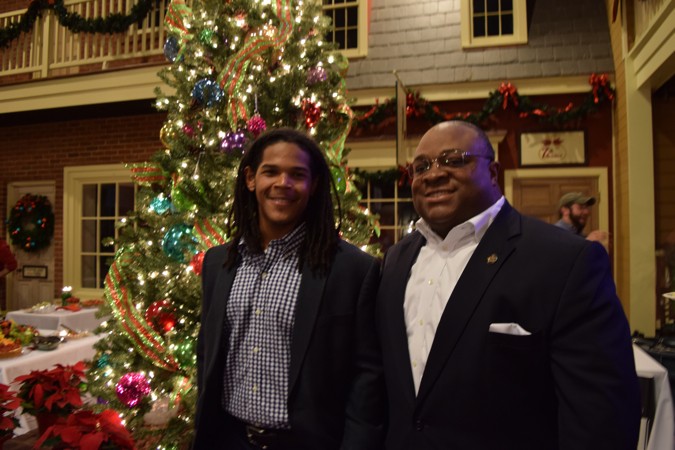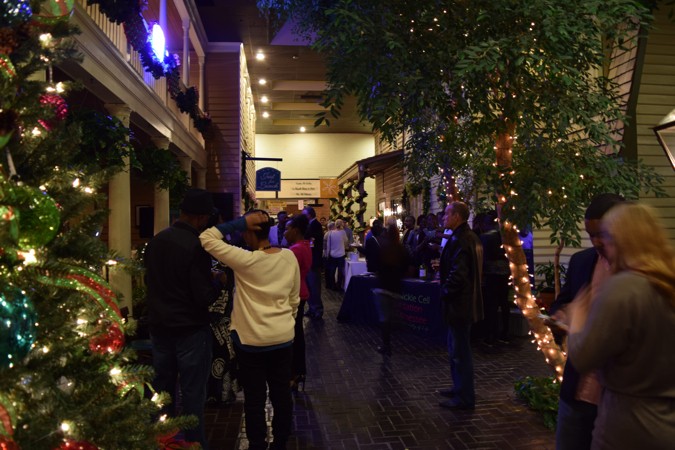As anyone who is likely to be reading this knows, the craft beer industry has been on one of the greatest underdog winning streaks in the history of corporate capitalism. Way back in 2010, craft brewers were hoping against hope to take — on some far off sunny day — a 20 percent cut of the domestic beer market. Most industry experts thought the craft brewers might have done a little too much product sampling before setting that goal.
Yet, craft beer continued to boom, growing year over year: 18 percent in 2014, 15 percent in 2015. Last year, the numbers got a little more sobering with 6 percent growth. But the stats can be misleading. According to the Brewers Association, craft brewers churned out 24.6 million barrels of beer in 2016, that’s up 1.4 million from the year before. This figure is around 22 percent of the beer market. So, naysayers vanquished; mission accomplished.

What this figure doesn’t include is that 1.2 million barrels that were considered craft beer in 2015 were not considered as such in 2016. That number represents the small brewers who sold out to Big Beer. The Brewers Association defines a craft brewery as producing less than 6 million barrels a year and no more than a 25 percent ownership by a non-craft brewer. So, those flattening craft beer numbers have more to do with ownership than production or sales.
Bart Watson, the Brewers Association’s chief economist, said, “As the overall beer market remains static and large global brewers lose volume, their strategy has been to focus on acquiring craft brewers.”
As a business tactic, buying up successful rivals certainly makes more sense than Budweiser’s awkward attempt to remarket itself as a Macro beer. If Anheuser-Busch InBev was trying to make me nostalgic for college, it worked. Not in the blissful cheap-domestic-beer-at-a-lake-party memories, so much as flashbacks to an economics class that was the academic equivalent of waterboarding.
So which of your craft brews are no longer craft? You might be surprised. Through a company called Craft Brew Alliance, InBev owns a 32 percent stake in Widmer, Kona, and Redhook. Heineken owns 50 percent of Lagunitas, and one of my personal favorites, Founders, is 30 percent owned by Spanish brewer Mahou San Miguel.
Purists argue that the quality can’t be maintained if the owners aren’t the brewers. There may be something to that, but it’s a slippery charge. The more concrete issues aren’t in the barrel, but the ongoing, behind-the-scenes battles that small brewers, no matter how great their product, are ill-equipped to fight. Before the buying spree, the big four brewers caught a lot of blowback for trying to strong-arm beer distributors into dropping small brewers from their product lists. They are still trying to muscle the little guy off the shelf, but because they’re doing it with a lineup of craft beers, it’s not so obvious. Using massive economies of scale everywhere from ingredient sourcing to distribution, huge brewers can offer their “craft” selections at lower prices to edge out the small brewers in shelf space and on the tap line.
In short, by simply brewing a better product, the craft brewers have been a victim of their own success.
Or have they? One of the founders of Birmingham’s Good People Brewing told me that he couldn’t afford to drink his own beer. In the tech sector, a huge buyout from corporate America is, more or less, the accepted endgame for most start-ups. Users don’t care who owns Snapchat, but the good people of Richmond, Virginia, were miffed when local Devil’s Backbone sold out to InBev. The owners, I understand, were delighted. If their goal was to make great beer on a national scale and ultimately make a lot of money, then they aren’t a victim of anything.
It’s just really hard to win and remain the underdog.
 John Klyce Minervini
John Klyce Minervini  John Klyce Minervini
John Klyce Minervini  John Klyce Minervini
John Klyce Minervini